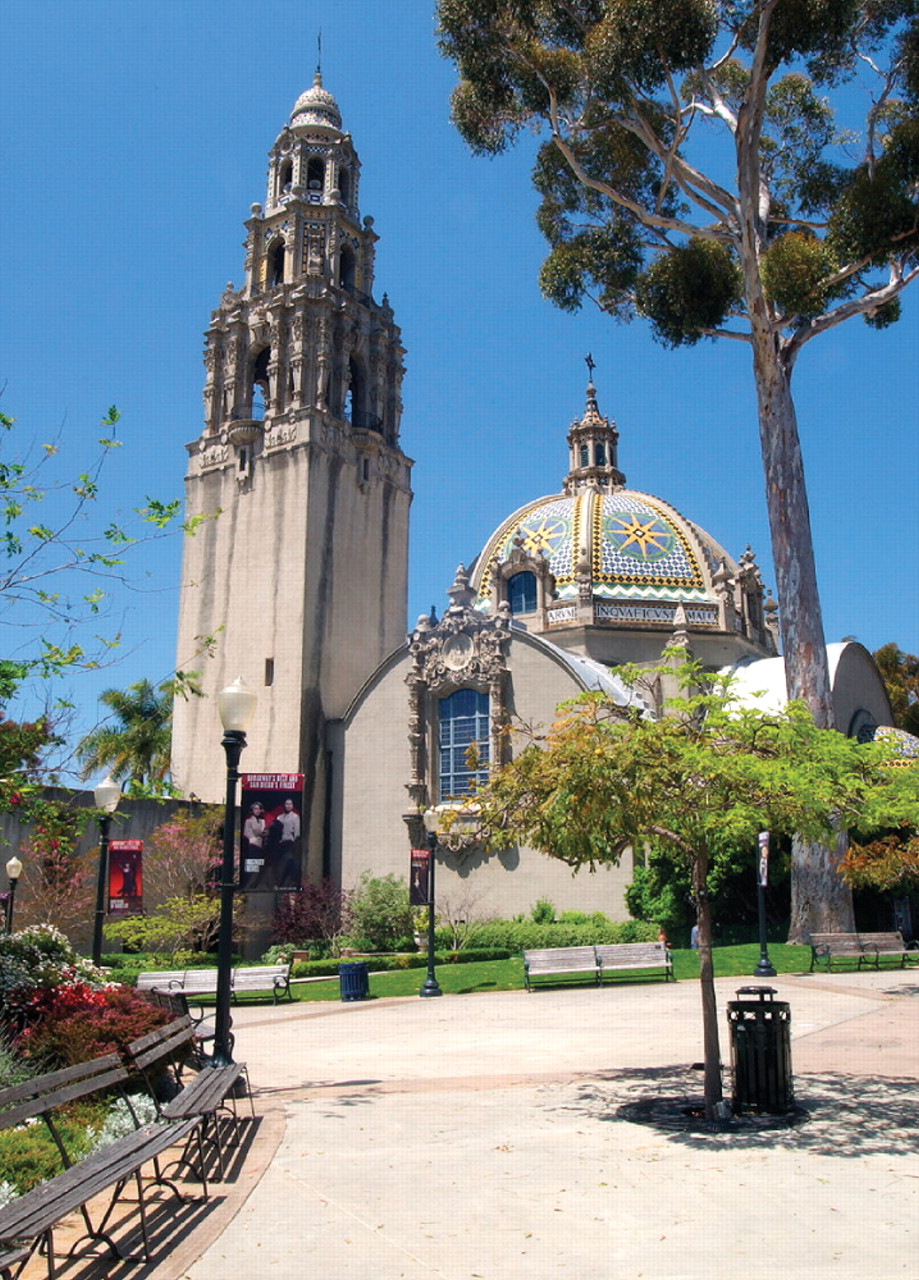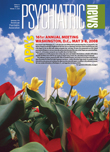Little walk in the park might seem like a pleasant diversion during the APA 2007 annual meeting, but a visit to San Diego's Balboa Park can turn into a stroll or an expedition, depending on one's mood.
The park—said to be America's largest urban cultural park—contains 1,200 acres, 17 museums, 14 gardens, six performing-arts stages, tennis courts, hiking trails, a carousel, a golf course, a soccer field, and the city's renowned zoo. The park is just a 10-minute drive or cab ride from the San Diego Convention Center.
Of course, visitors can simply ramble about, since trails wind from one end of the park to the other. The park is home to collections of Spanish-inspired architecture built during the 1915-16 Panama-California Exposition or the 1935-36 California-Pacific International Exposition. The visual symbol of the city, the California Tower, was designed in the style of a Spanish-Colonial church as the entryway for the latter exposition and today is part of the Museum of Man (see
page 38).
Park rangers offer free tours of the architectural, historic, and botanical highlights of the park every Tuesday and Saturday. The park's visitors center rents self-guided audio tours for $5 ($3 for children) for those who prefer to ramble on their own.
Visitors can walk around Balboa Park for free, but many museums and other venues charge admission. A $35 Passport to Balboa Park ($19 for children) is valid for seven days and covers admission to 13 museums in the complex, including the San Diego Museum of Art (see facing page), San Diego Museum of Man, and San Diego Natural History Museum (see
page 38). (There's an extra charge for admission to the zoo.)
During the annual meeting, the Tony-Award-winning Old Globe Theater will present “Two Trains Running,” part of the late August Wilson's epic 10-play cycle portraying African-American life in the 20th century. Set in a Pittsburgh diner at the end of the 1960s, “Two Trains Running” explores the civil-rights movement and urban renewal in a community in decline.
Balboa Park is also famous for its flora as well as its fauna, and the park presents innumerable vantage points from which to view both. Garden lovers can visit the following free of charge:
•
Born out of the racier side of the Great Depression, Zoro Garden began life as a nudist colony during the 1935 California-Pacific Exposition. Today its sunken stone grotto forms the center of a butterfly garden, containing the larvae and nectar plants need for the complete life cycle of butterflies. Miniature indentations built into rocks collect small pools of water for the monarch, sulfur, and swallowtail butterflies that flit among the colorful perennials and the ficus trees surrounding the garden.
•
The WorldBeat Center's Children's Ethnobotany Garden honors the memory of George Washington Carver and is home to organic herb, fruit, and vegetable plants. The garden helps teach young people about the role of plants in society. Gardening classes are available to groups from schools, youth programs, individuals, and families by appointment or on Sundays at 11:30 a.m. The garden also serves the nearly 6,000 students in the 5th Grade Balboa Park Integration Program.
•
Palm Canyon is a tropical oasis, reached by following winding paths through a shady, lush canyon containing more than 450 palms representing 58 species. The original group of Mexican fan palms—the canyon's most prominent feature—dates back to 1912. In 2001, the California Conservation Corps restored the historic trail that connected Palm Canyon to the Old Cactus Garden.
•
The Japanese Friendship Garden began as a teahouse during the 1915-16 Panama-California Exposition and now lies on two acres near the Spreckels Organ Pavilion. Along the garden's winding paths are a zen garden for meditation, an exhibit house, koi pond, bonsai exhibit, ceremonial gate, and a Fujidana (wisteria arbor). Weekend classes are offered in sushi making, bonsai, calligraphy, and conversational Japanese.
•
Visitors can stop to smell the 2,500 roses at the Inez Grant Parker Memorial Rose Garden. Nearly 200 varieties adorn a three-acre site with all their fragrance and color. The garden blooms from March through December, but roses usually are at their peak in April and May. Located across from the San Diego Natural History Museum, it is accessible by the Park Boulevard pedestrian bridge.
•
The Florida Canyon Native Plant Preserve offers a glimpse into the original landscape of Balboa Park. The 150 acres of coastal sage scrub provide an important habitat for native wildlife. Many hiking trails wend their way through Florida Canyon, and both the park rangers and staff of the Natural History Museum conduct tours in this area.
•
The 1935 (Old) Cactus Garden was developed for the 1935 California-Pacific International Exposition. It contains some of the largest cactus and succulent specimens in the park and includes exotic African and Australian protea plants.
•
Patterned after the gardens of Alcazar Castle in Seville, Spain, the Alcazar Garden lies next to the Art Institute and the Mingei Museum. It features ornate fountains; exquisite turquoise blue, yellow, and green Moorish tiles; and a shady pergola. The formal garden is bordered by boxwood hedges and planted with 7,000 annuals for a vibrant display of color throughout the year. The garden has been reconstructed to replicate the 1935 design by San Diego architect Richard Requa.
More Information
Balboa Park
www.balboapark.org
The Old Globe Theater
www.TheOldGlobe.org
(619) 23-GLOBE (234-5623)
WorldBeat Center's Children's Ethnobotany Garden
www.worldbeatcenter.org/Ethnobotany%20_Garden.html
(619) 230-1190
Japanese Friendship Garden
www.niwa.org
(619) 232-2721 ▪

